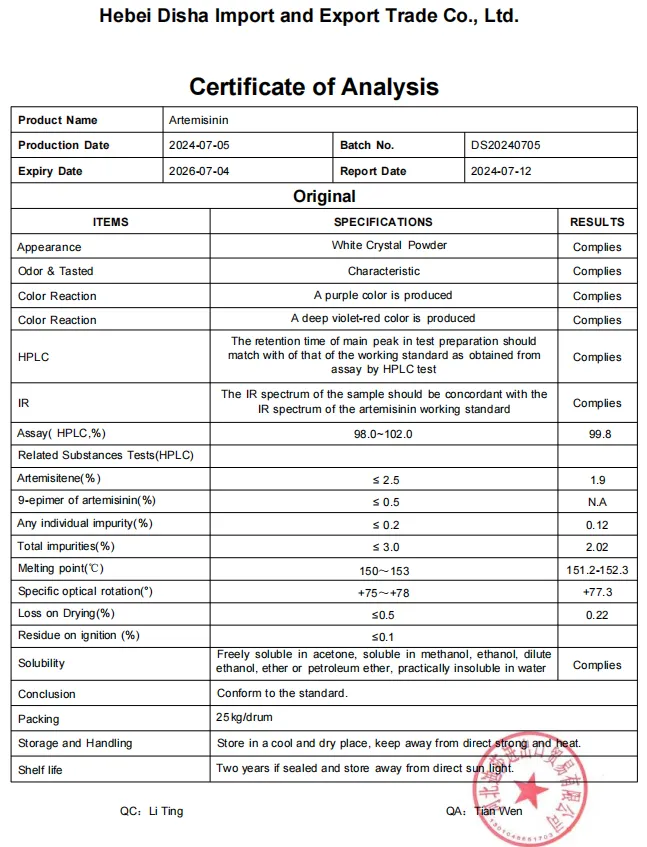 Email: sale@hebeidisha.com
Email: sale@hebeidisha.com
 Tel: +86 13315186550
Tel: +86 13315186550
- Afrikaans
- Albanian
- Amharic
- Arabic
- Armenian
- Azerbaijani
- Basque
- Belarusian
- Bengali
- Bosnian
- Bulgarian
- Catalan
- Cebuano
- China
- China (Taiwan)
- Corsican
- Croatian
- Czech
- Danish
- Dutch
- English
- Esperanto
- Estonian
- Finnish
- French
- Frisian
- Galician
- Georgian
- German
- Greek
- Gujarati
- Haitian Creole
- hausa
- hawaiian
- Hebrew
- Hindi
- Miao
- Hungarian
- Icelandic
- igbo
- Indonesian
- irish
- Italian
- Japanese
- Javanese
- Kannada
- kazakh
- Khmer
- Rwandese
- Korean
- Kurdish
- Kyrgyz
- Lao
- Latin
- Latvian
- Lithuanian
- Luxembourgish
- Macedonian
- Malgashi
- Malay
- Malayalam
- Maltese
- Maori
- Marathi
- Mongolian
- Myanmar
- Nepali
- Norwegian
- Norwegian
- Occitan
- Pashto
- Persian
- Polish
- Portuguese
- Punjabi
- Romanian
- Russian
- Samoan
- Scottish Gaelic
- Serbian
- Sesotho
- Shona
- Sindhi
- Sinhala
- Slovak
- Slovenian
- Somali
- Spanish
- Sundanese
- Swahili
- Swedish
- Tagalog
- Tajik
- Tamil
- Tatar
- Telugu
- Thai
- Turkish
- Turkmen
- Ukrainian
- Urdu
- Uighur
- Uzbek
- Vietnamese
- Welsh
- Bantu
- Yiddish
- Yoruba
- Zulu
Oct . 03, 2024 22:04 Back to list
aspartame process
Aspartame is a widely used artificial sweetener that has garnered both popularity and controversy since its introduction. Made up of two amino acids, phenylalanine and aspartic acid, aspartame is known for being about 200 times sweeter than sucrose, which allows it to be used in small quantities to achieve the desired sweetness in various food and beverage products. The process of producing aspartame is intricate and involves several key steps that ensure its quality and safety for consumption.
The initial stage in aspartame production is the fermentation of the amino acids. Phenylalanine is often derived from microbial fermentation, using specific strains of bacteria that convert carbon sources into this amino acid. Aspartic acid is similarly produced, either through fermentation or chemical synthesis. These two components are then purified and precisely measured to create the perfect blend necessary for aspartame production.
Once the amino acids are obtained, they undergo a process known as esterification. In this step, phenylalanine and aspartic acid are chemically combined in the presence of a catalyst. This reaction results in the formation of aspartame, along with other by-products that must be carefully managed. The conditions under which this reaction takes place—including temperature, pH, and the concentration of the reactants—are critically monitored to optimize yield and purity.
aspartame process

Following synthesis, aspartame must go through rigorous purification. This involves removing any residual amino acids, catalysts, and by-products that could affect its taste or safety. Techniques such as crystallization and chromatography are employed to achieve a high level of purity. The final product is then tested for quality control to ensure it meets safety standards established by health authorities like the FDA and EFSA.
Once purified, aspartame can be packaged and distributed for use in various applications, including diet sodas, sugar-free gum, and low-calorie snacks. Its ability to provide sweetness without added calories has made it a popular choice for those seeking to reduce sugar intake while satisfying their sweet tooth.
In conclusion, the production of aspartame is a complex process that combines biochemical engineering and rigorous quality control. Its widespread use in the food industry underscores its significance as a low-calorie sweetener, although ongoing discussions about its safety and health implications continue to shape public perception. As the demand for healthier food alternatives grows, understanding the aspartame process becomes increasingly relevant in discussions about food science and nutrition.
Latest news
-
Certifications for Vegetarian and Xanthan Gum Vegetarian
NewsJun.17,2025
-
Sustainability Trends Reshaping the SLES N70 Market
NewsJun.17,2025
-
Propylene Glycol Use in Vaccines: Balancing Function and Perception
NewsJun.17,2025
-
Petroleum Jelly in Skincare: Balancing Benefits and Backlash
NewsJun.17,2025
-
Energy Price Volatility and Ripple Effect on Caprolactam Markets
NewsJun.17,2025
-
Spectroscopic Techniques for Adipic Acid Molecular Weight
NewsJun.17,2025